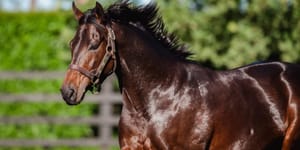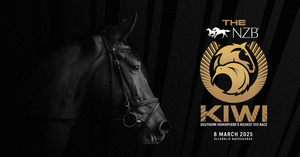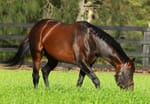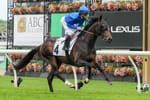Inglis, Magic Millions and New Zealand Bloodstock have confirmed they will do away with the Lane-Bain Fallon post-sale endoscopic grading system in favour of the seven-point Havemeyer scale. Tim Rowe talks to veterinary experts about the motivation behind the change.

What’s in a number?
When it comes to horses a veterinarian’s interpretation of a young racehorse’s probable laryngeal function - that is the ability to breathe adequately while under exertion - it can mean everything.
A grade 2 or a grade 3, particularly what letter of the alphabet it falls under, can be the difference between a horse being on almost every short list or having a pen put through them by almost all potential bidders.
This week, Australasia’s thoroughbred auction houses, Inglis, Magic Millions and New Zealand Bloodstock, announced that the Lane-Bain Fallon grading system would be replaced by the seven-point Havemeyer grading for its post-sale endoscopic examinations with immediate effect.
The grade 3s under the Lane-Bain Fallon system have been of considerable discontent for vendors, with some owners and trainers completely dismissing all such horses from their potential shortlist. The vast majority of those horses do not have their racing careers impacted by breathing issues.
A recent review of 5000 yearlings found that 95 per cent were classified as grade 1, 2.1 or 2.2 in post-sale endoscopic examinations under the seven-point Havemeyer system.
Only 4 per cent of yearlings in the study were assessed as being grade 3.1 under the Havemeyer system as opposed to 20 per cent considered to be grade 3 in post-sale examinations on the Lane-Bain Fallon scale.
“We in (Australasia) and Hong Kong have continued down the line of using Lane while the rest of the world has been using Havemeyer,” veterinarian Dr Chris Lawler told The Straight.
“The Havemeyer system, for want of a better word, says that there are good grade 3s and bad grade 3s. Horses that would have been considered grade 3Cs under the Lane system will remain grade 3s under the Havemeyer system.
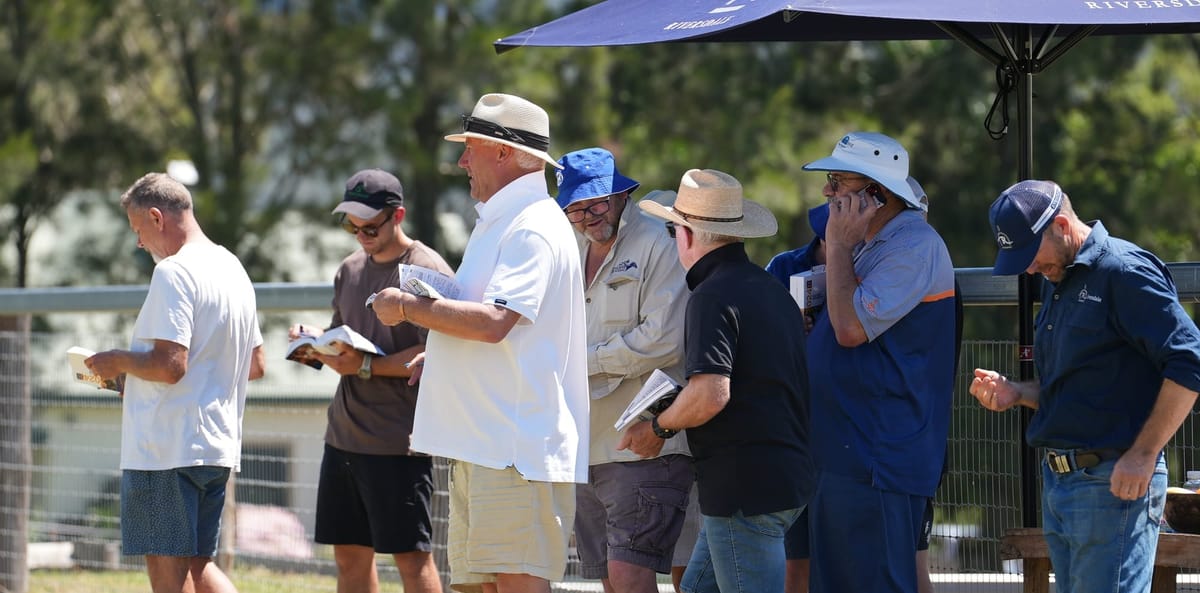
“However, horses that are asymmetrical at rest but otherwise take a normal breath and maintain it, or those that take a normal breath and next time achieve full adduction, but don't maintain it there as long on the left side as what they do on the right, they will all become what we call grade 2.2s.”
Dr Jonathan Lumsden, a Hong Kong Jockey Club-nominated veterinarian, compared the change from Lain-Bain Fallon to the Havemeyer grading system to that of using kilometres instead of miles to measure distance or speed. He is another expert in favour of the change.
“What this does is it just puts in a system that is more objective in one of the movements of the throat, which is of value because it improves the consensus amongst people looking at it,” Dr Lumsden said.
“And the big thing is that the equivocal horses, the horses that are questionable as to whether their throat function will affect them or not, there's a range of different movements and this grading scale divides those into two movements and it reduces that level of questionability about them.”
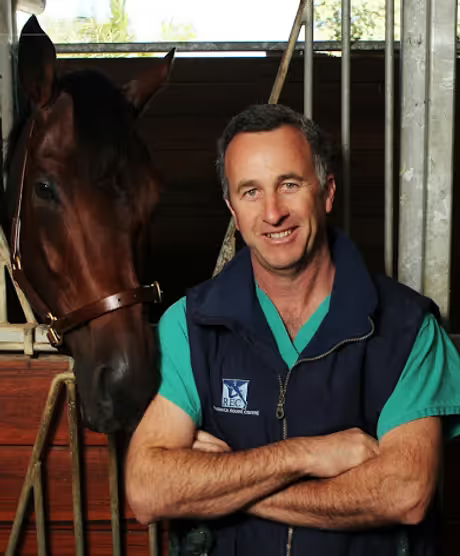
Importantly, research shows that horses declared Lane grade 3A or 3B or Havemeyer 2.2s are “no more likely to progress to develop paralysis on the left side as compared to horses that are grade 1s and grade 2s”.
The adoption of the Havemeyer system, which has long been used in the northern hemisphere since it was developed in 2003, is also expected to reduce the amount of subjectivity in the assessment of horses’ laryngeal function.
“What this does is it just puts in a system that is more objective in one of the movements of the throat, which is of value because it improves the consensus amongst people looking at it” - Dr Jonathan Lumsden
While it is the auction houses who are adopting the Havemeyer grading system for post-sale endoscopic examinations, Dr Lawler hopes that buyers will also move away from Lane for their pre-sale veterinary reports.
“I've got a lot of clients that are still happy to buy grade 3s provided they've got a grade 3C, so, I don't think there'll be much change, they will still be happy to buy Havemeyer 2.2s,” he said.
“I suppose the question is, are purchasers going to say, ‘well, I don't want to buy Havemeyer 2.2s because they're the old Lane grade 3As and Bs?’.
“But if they're paying attention to science … then there's no difference with those horses and horses that are grade 1 or 2 as to the chances that they may develop full paralysis on that side.”
Dr Lumsden is also supportive of using the Havemeyer system.
“From a vendor's perspective, it's attractive and from a buyer's perspective, it gives them more information to make an educated assessment of whether they want to take that level of risk or not,” he said.
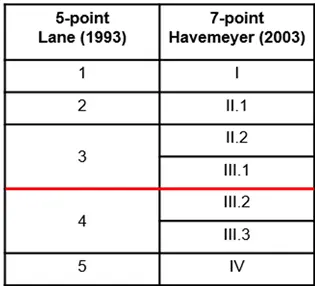
In a joint statement confirming the change, the sales companies said the validation for the change to the more globally accepted Havemeyer seven-point system was due to significant industry concerns surrounding the current endoscopy process using the Lane-Bain Fallon five-point system.




